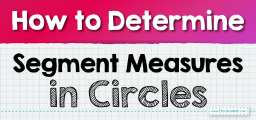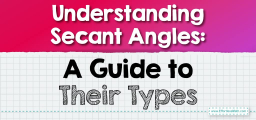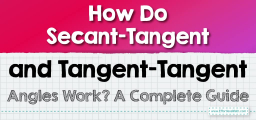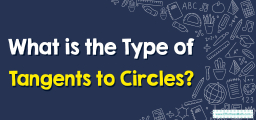How to Inscribe a Regular Polygon within a Circle

- A straightedge or ruler for accurate linear measurements.
- A compass for drawing the circle and aiding in polygon construction.
- A pencil for drawing and annotations.
Examples
Practice Questions:
- What would be the central angle for a regular decagon (\(10\) sides)?
- How many vertices will touch the circle if a regular pentagon is inscribed in it?
- For a given central angle, can you determine the number of sides of the inscribed regular polygon?
- For a decagon, the central angle is \( \frac{360^\circ}{10} = 36^\circ \).
- A regular pentagon has \(5\) vertices, so all 5 vertices will touch the circle.
- Yes, using the formula \( n = \frac{360^\circ}{\text{Central Angle}} \). The value of \( n \) will give the number of sides of the polygon.
Original price was: $109.99.$54.99Current price is: $54.99.
Original price was: $109.99.$54.99Current price is: $54.99.
Original price was: $114.99.$54.99Current price is: $54.99.
Related to This Article
More math articles
- Decoding the Dynamics: How to Understanding Input/Output Tables
- Algebra Puzzle – Challenge 42
- 10 Most Common ParaPro Math Questions
- The Rules of Integral: Complex Subject Made Easy
- How to Graph Exponential Functions?
- 8th Grade PEAKS Math Worksheets: FREE & Printable
- Algebra Puzzle – Challenge 56
- FREE 4th Grade PARCC Math Practice Test
- Trigonometric Integrals: A Thorough Guide On Everything You Need To Know
- 10 Most Common Praxis Core Math Questions




























What people say about "How to Inscribe a Regular Polygon within a Circle - Effortless Math: We Help Students Learn to LOVE Mathematics"?
No one replied yet.